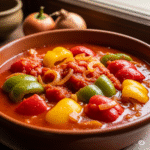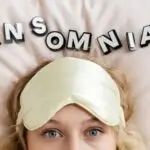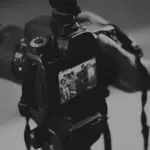Cinematography Basics: A Beginner’s Guide to Capturing Magic on Screen
you’ve fallen in love with movies and now you’re wondering: How do they make this stuff look so good? Maybe you’ve been filming with your phone, dabbling with a DSLR, or just soaking up behind-the-scenes YouTube videos like a sponge. Either way, you’re in the right place.
Cinematography isn’t just about pointing a camera and hitting record, it’s about telling a story through visuals. Think of it as painting with light, movement, and emotion.
Let’s break it down, human to human.
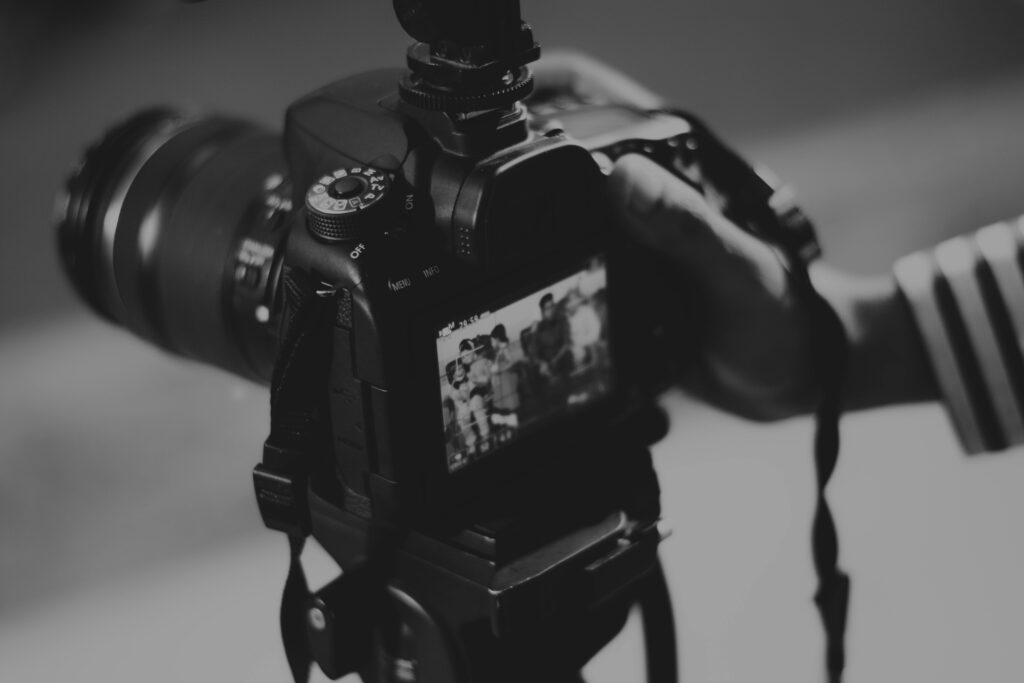
What Is Cinematography, Really?
At its core, cinematography is the art of visual storytelling. It’s everything you see on screen, the way a shot is framed, how light falls across a character’s face, how the camera moves when someone’s heart is racing. The cinematographer (or Director of Photography, aka DP) is the person in charge of all that visual goodness.
Framing and Composition
Ever notice how some shots just feel right? That’s not an accident. Cinematographers use framing and composition to guide your eyes and emotions.
A few classics:
- Rule of Thirds: Divide the screen into a 3×3 grid. Place key elements along the lines or intersections, it just feels more balanced.
- Leading Lines: Use natural lines (roads, railings, etc.) to draw attention to your subject.
- Headroom & Look Room: Don’t chop off people’s heads or squash them against the frame “give your characters some space to breathe and look” .
Lighting: The Secret Sauce
Lighting sets the mood faster than any script. Soft, golden light at sunset = romance. Harsh shadows and flickering bulbs = horror vibes.
Some basic types:
- Key Light: Your main light source. It defines the shape of your subject.
- Fill Light: Softens shadows created by the key light.
- Back Light (or Rim Light): Adds separation between your subject and the background.
Fun fact: You can do a LOT with just a window and a white bedsheet to bounce light.
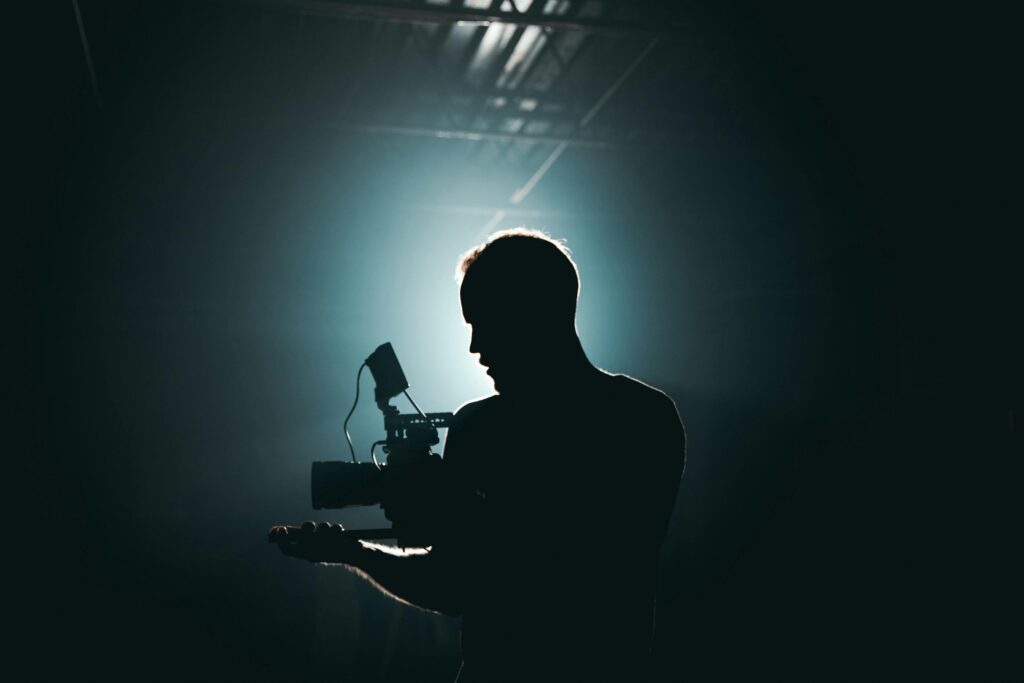
Color and Mood
Colors do emotional heavy lifting. Warm tones (oranges and yellows) can feel cozy or nostalgic. Cool tones (blues and greens) feel distant or eerie. A good DP thinks about color like a painter using it to reinforce the story.
Pro tip: Look up color grading, that’s the digital part where you really dial in the look after filming.
Camera Movement
A still camera creates calm. A shaky handheld shot screams chaos. A slow dolly-in feels intimate like you’re leaning in to whisper a secret.
Here are a few basic types:
- Pan: Swiveling the camera left or right.
- Tilt: Moving up or down.
- Dolly: Rolling the whole camera smoothly (think tracking shots).
- Handheld: Adds realism, grit, or urgency (just don’t overdo it).
Shot Types (aka How Close Are We Getting?)
You’ve seen these a million times, you just didn’t know they had names:
- Wide Shot: Shows the full scene or character, great for context.
- Medium Shot: Waist-up, used for dialogue.
- Close-Up: All emotion, all drama.
- Extreme Close-Up: A twitching eye. A drop of sweat. Pure intensity.
Cinematography is part science, part art, and part intuition. You don’t need fancy gear to start just an eye, curiosity, and a love of storytelling. Next time you watch a movie, look for how the camera moves, how the light changes, and how those things make you feel. That’s cinematography in action.
And hey go shoot something. A coffee mug in the sunlight. Your friend telling a joke. A moody alley at dusk. Every shot is a chance to practice and play.
Lights, camera… you got this.
Buzzing with ideas? We’re listening. Reach us at feedback@buzzcrate.in

